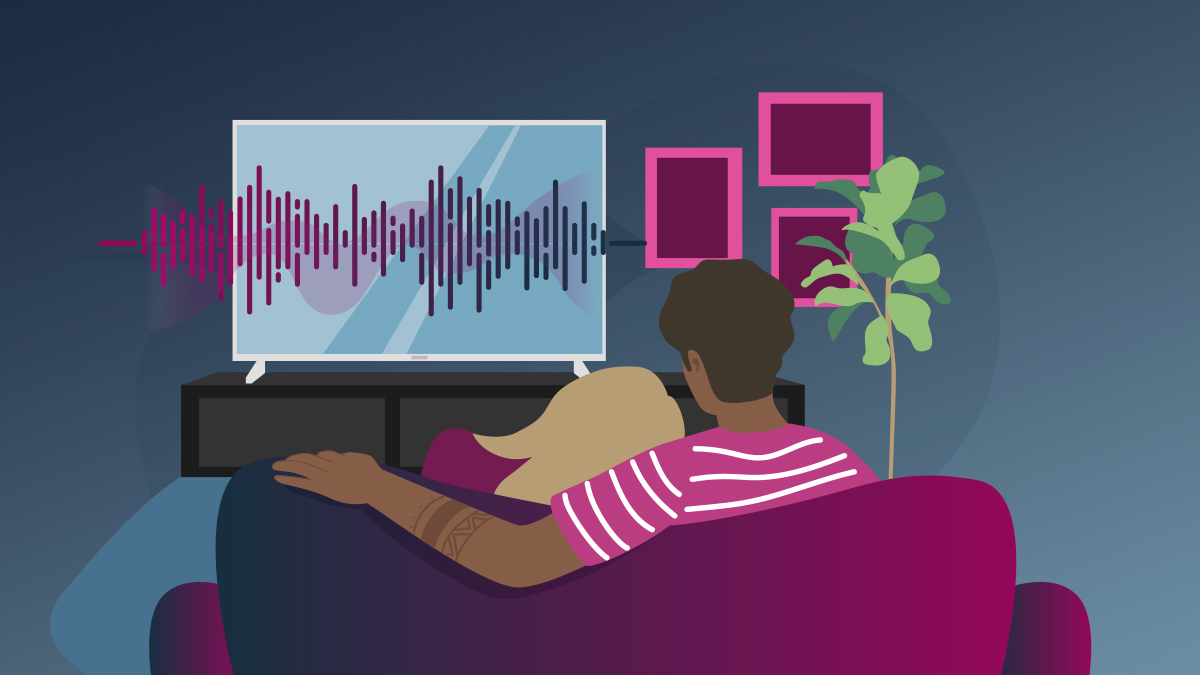Brands face a more crowded marketplace every day, all vying for the attention of consumers. They must find a way to differentiate themselves in a memorable way that leaves a positive, long-lasting impression. Brands can accomplish this by creating a strong sonic brand presence by incorporating three key elements into their brand identity: a jingle, sonic logo, and action sounds. This approach not only boosts brand recall, but also elicits a Pavlovian response, transcends universal barriers, and expands global reach.
Ignoring Sonic Elements Weakens Brand Presence and Engagement
The development of an auditory identity is a crucial component of a cohesive and powerful brand image. There are three key elements to consider when building a brand’s auditory identity. First, a jingle, a familiar and catchy musical piece often accompanied by lyrics that highlight the company’s name or tagline, establishes brand recognition. Next, a sonic logo, a distinctive short melody or sound, serves as an auditory emblem for a brand. McDonald’s famous “Bada-bababa” is a prime example, instantly recognizable whether whistled, sung, or played by different instruments. Finally, brands should leverage action sounds, the short melodies or sounds associated with specific actions, to further enhance their auditory identity. For example, the deep bass notes that greet viewers upon starting Netflix or the sound of Windows launching on a computer are both examples of strong brand action sounds. All three of these elements serve as powerful mnemonic devices, imprinting the brand in consumers’ memories, forging a stronger connection.
Unlock the Pavlovian Response to Brand Recall with Sonic Elements
When consumers are consistently exposed to the same audio cues it triggers strong brand recall, similar to a Pavlovian response. This is a basic example of classical conditioning, where repeated and consistent exposure to a sound or sonic element triggers recognition and recall. Initially, the exposure may not elicit a response, but over time, consistent repetition, and the strategic pairing of sonic cues with desired emotions can influence both brand recall and shaping customer’s emotional connections with brands.
Although visuals remain significant for brand recall, the impact of audio on its own is often underestimated. A 2022 Spotify study revealed that audio ads surpass display ads in driving recall, boasting a 24% higher recall rate. Similarly, a Nielsen study established that radio advertising outperforms television, generating a 22% higher lift in brand recall. Additionally, when used together, audio and video can make a huge impact.
Recently, I’ve found myself singing part of a local furniture store’s jingle in a happy, joyful tone as soon as I see the ad pop up on my TV, even though the jingle appears at the end of the commercial. I think about that jingle when I drive by the store, and they also come to mind when talking to a friend about a new coffee table I purchased. These studies and my personal experience underscore the influential role of sonic branding in shaping consumer perceptions and the lasting impact of auditory stimuli.
Brands Blind to Auditory Branding Risk Universal Brand Recognition
The incorporation of sonic branding elements goes beyond mere auditory recognition. The sonic logo and action sounds can extend a brand’s reach and impact on a global scale. Sonic elements without words or lyrics possess a universal quality, transcending language barriers and enabling diverse groups of consumers to identify a brand. Sonic logos provide brand differentiation, offering a distinctive auditory signature that sets brands apart in a crowded marketplace. With many brands yet to fully explore this practice, sonic logos present a unique opportunity for differentiation.
Brands Stuck in the Visual Realm Risk Severing Their Connection with Consumers
Sonic branding profoundly strengthens the emotional bond between consumers and brands. By skillfully blending music, voices, and sound effects with visual elements, it creates a powerful synergy that resonates deeply in the brain. This connection is not just auditory but also visual; consumers often associate sonic cues with visual logos, enhancing recall and creating vivid brand imagery. These sonic elements are more than just sounds—they are nonverbal storytellers that convey a brand’s essence, emotionally connecting consumers with the brand and solidifying its identity far beyond visual representation.
